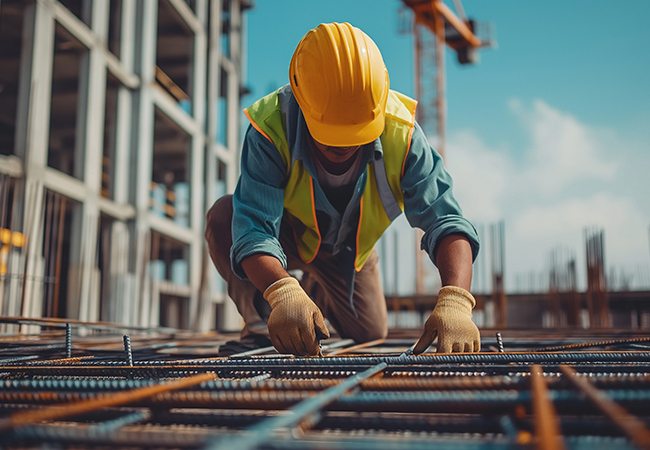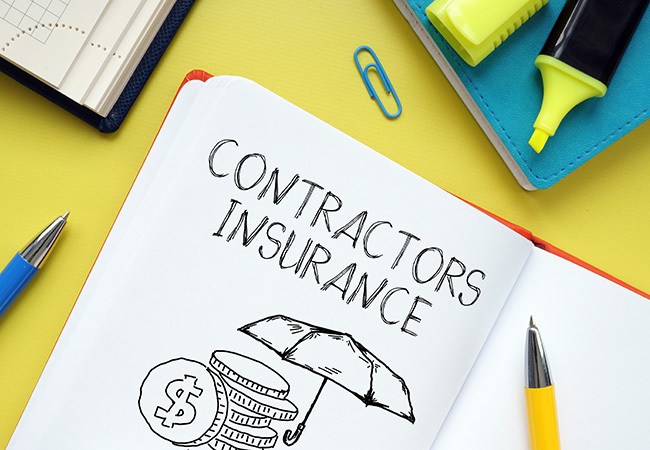Running a construction company is no easy task. From project delays and equipment theft to worker injuries and lawsuits, the risks can add up fast. That’s why knowing your construction industry coverage options isn’t just helpful—it’s critical.
If you’ve ever faced a liability dispute or had to replace stolen machinery out of pocket, you understand the cost of being underinsured. The right insurance strategy can mean the difference between staying afloat and shutting down.
This guide lays out a step-by-step approach to help you gain control, meet construction liability requirements, and future-proof your construction business using proven best practices in construction risk management.
Let’s explore how strategic coverage decisions can protect your operations, your workers, and your bottom line.
Understand Construction Industry Insurance Standards
Before diving into policies, it’s essential to know the current construction industry insurance standards. These guidelines help you stay compliant and reduce liability.
- General Liability Insurance: This is the foundation of construction insurance. It protects against third-party injuries and property damage.
- Commercial Auto Coverage: Essential for companies that use vehicles to transport equipment or workers.
- Worker’s Compensation in Construction: Required in most states, this covers medical costs and lost wages if an employee gets injured on-site.
Following these standards reduces risk and builds trust with clients, investors, and regulatory agencies.
Explore Specialized Coverage for Contractors
Every builder faces unique challenges, so your insurance should match your operation. Specialized coverage for contractors offers more relevant protection.
- Construction Equipment Insurance Options: Protects high-value tools and machinery against theft, loss, or damage.
- Environmental Insurance for Construction: Covers cleanup expenses from accidental spills or contamination—especially important for excavation or demolition work.
- Residential Construction Coverage Details: Tailored for home builders, this often includes property liability, structural damage, and client disputes.
Choosing the right combination of policies ensures you’re not overpaying for what you don’t need—or worse, missing coverage entirely.
Follow Best Practices in Construction Risk Management
Beyond insurance, proactive risk management reduces claims and keeps premiums low. Leading companies follow these best practices in construction risk management:
- Conduct regular risk assessments: Use a structured construction industry risk assessment checklist to find vulnerabilities before they become issues.
- Invest in training: Teach your crew proper safety protocols and update them regularly.
- Document everything: Keep records of inspections, maintenance, and safety meetings to back up your claims.
Pros of Proactive Risk Management
- Lowers premiums: Fewer claims lead to better rates from insurers.
- Improves safety: Reduces worker injuries and delays.
- Boosts reputation: Clients trust contractors with solid safety records.
Common Mistakes to Avoid
- Skimping on coverage: Trying to save money upfront can cost more in the long run.
- Ignoring new risks: Markets change—make sure your coverage evolves, too.
- Assuming subs are covered: Always verify subcontractor insurance before work begins.
Know Your Construction Project Insurance Essentials
Each job has its own variables. To stay safe, make sure you understand the construction project insurance essentials that apply to contracts big and small.
- Builder’s Risk Insurance: Protects against damage to structures under construction from fire, vandalism, or weather.
- Construction Site Safety Insurance: Covers on-site accidents, injuries, and safety violations.
- Commercial Construction Insurance Specifics: Includes large-scale project coverage like materials in transit, crane liability, and bonded subcontractors.
Review insurance needs at the start of every project. Always adjust your policy limits and endorsements to match the contract scope.
Stay Compliant with Regulations for Construction Insurance
Every state has different regulations for construction insurance. These rules affect worker’s comp, general liability, and even environmental coverage.
Failing to comply can result in:
- Fines and penalties: State agencies may penalize non-compliant businesses.
- License suspension: Contractors can lose their ability to operate legally.
- Increased liability: Uninsured claims can be devastating in court.
Make regulation checks part of your onboarding and renewal process.
Conclusion: Why Construction Industry Coverage Options Are Your Best Prevention Strategy
Your business can’t afford to take chances. By understanding and applying the right construction industry coverage options, you’re setting up a defense system that works 24/7.
From meeting construction liability requirements to navigating construction business insurance trends, the right coverage helps you grow with confidence. Don’t wait until disaster strikes—build your protection today.
Need help evaluating your coverage? Click Here to know your Workers Comp rate.
FAQs About Construction Insurance
What’s the difference between general liability and builder’s risk insurance?
General liability covers third-party injuries or property damage. Builder’s risk protects property under construction from fire, theft, and weather.
Do I need separate policies for residential and commercial projects?
Yes. Residential construction coverage details and commercial construction insurance specifics differ greatly, and using the wrong one can leave you exposed.
What’s often overlooked in construction policies?
Environmental insurance for construction is often skipped, but it’s crucial for demolition, excavation, or projects near waterways.
Are subcontractors covered under my insurance?
No. Always request a certificate and verify their coverage. This is a key part of construction industry risk assessment.
Next Steps to Strengthen Your Construction Coverage
- Review your current policy: Compare it against your actual business risks and coverage gaps.
- Assess new risks: Use a construction industry risk assessment checklist to identify evolving threats.
- Talk to a licensed agent: Get expert advice on specialized coverage for contractors and state regulations.
- Educate your team: Ensure everyone understands safety protocols and claim procedures.
- Re-evaluate annually: Update your policy to match new equipment, projects, or regulatory changes.









